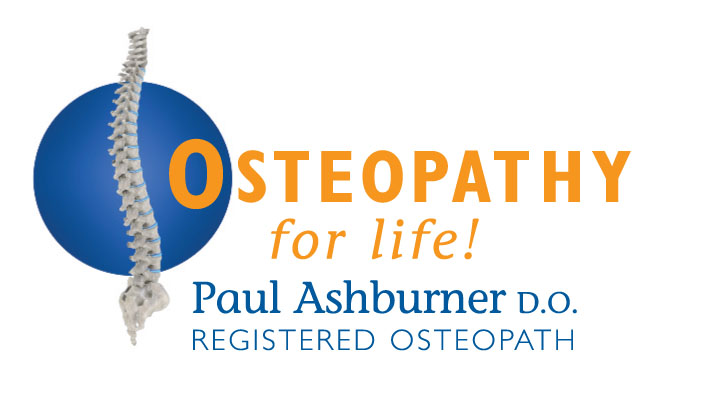
Osteopathic Treatment of Sporting and Other Injuries
Sporting activities, while beneficial for physical health, can often lead to a variety of injuries. These injuries not only impede athletic performance but also affect daily life. Osteopathic treatment offers a holistic and effective approach to managing sports-related and other injuries by focusing on the body's structure and function, promoting natural healing, and preventing recurrence. Here, we will explore the osteopathic approach to treating common sporting injuries and other musculoskeletal issues.
Understanding Sporting and Other Injuries
Sporting injuries typically involve the musculoskeletal system, including muscles, bones, and joints. Common sports injuries include:
Sprains and Strains: Ligament sprains and muscle or tendon strains are common in sports involving sudden movements or overexertion.
Fractures: Broken bones resulting from trauma or excessive force.
Dislocations: Joints forced out of their normal position, common in contact sports.
Tendinitis: Inflammation of tendons due to repetitive motion or overuse.
Shin Splints: Pain along the shin bone, often seen in runners.
Concussions: Traumatic brain injuries from impacts to the head.
Other common injuries affecting daily life include:
Back Pain: Often resulting from poor posture, lifting heavy objects, or prolonged sitting.
Neck Pain: Caused by strain, poor ergonomics, or whiplash.
Repetitive Strain Injuries (RSI): Conditions like carpal tunnel syndrome from repetitive tasks.
Symptoms of Common Injuries
Symptoms vary depending on the type and severity of the injury but generally include:
Pain and Tenderness: At the site of injury.
Swelling and Bruising: Indicating inflammation or trauma.
Limited Mobility: Due to pain, stiffness, or structural damage.
Weakness and Instability: In the affected area.
Numbness or Tingling: Often seen in nerve-related injuries.
Osteopathic Diagnostic Approach
Osteopaths use a comprehensive approach to diagnose sporting and other injuries. This includes:
Medical History: Detailed patient history to understand the nature, onset, and progression of symptoms.
Physical Examination: Assessment of posture, gait, range of motion, and palpation to identify areas of tenderness, swelling, and restriction.
Special Tests: Orthopedic and neurological tests to evaluate joint integrity, muscle strength, and nerve function.
Osteopathic Treatment Techniques
Osteopathic treatment is tailored to the individual’s specific condition and may include a combination of the following techniques:
Soft Tissue Manipulation: Techniques such as massage and myofascial release to relax tight muscles, improve blood flow, and reduce inflammation.
Joint Mobilization: Gentle movements to enhance joint mobility and reduce stiffness.
Muscle Energy Techniques: Active patient involvement in muscle contractions against a controlled resistance provided by the osteopath, aimed at improving joint function and muscular strength.
High-Velocity Low-Amplitude (HVLA) Thrusts: Quick, controlled movements to correct joint misalignments.
Functional Techniques: Subtle movements tailored to the body’s natural rhythm to release restrictions and improve overall function.
Rehabilitation and Preventive Strategies
Post-treatment, osteopaths often recommend specific exercises to strengthen muscles, enhance flexibility, and promote balance. Education on proper posture, ergonomics, and lifestyle modifications is also crucial for preventing recurrence and promoting long-term health.
Conclusion
Osteopathic treatment for sporting and other injuries is a holistic approach that addresses the body’s interconnected systems. By restoring structural balance, enhancing mobility, and alleviating pain, osteopaths help patients achieve optimal function and improved quality of life. Whether dealing with acute sports injuries or chronic musculoskeletal issues, osteopathy offers a comprehensive and individualized path to recovery.
This approach not only aids in the immediate relief of symptoms but also focuses on the long-term prevention of injuries, ensuring that individuals can return to their activities stronger and more resilient.
New to the Practice?
To book an Initial Consultation you should call on 01773 843 033 during office hours. Our friendly reception staff will be pleased to find a convenient appointment for you.
Existing Patients:
Book your next appointment online by clicking the button below:
Book your Appointment
Conditions patients often seek our help for:
Latest News
Latest Articles
Payment Methods
We accept payments by cash, bank transfer and credit/debit cards.


